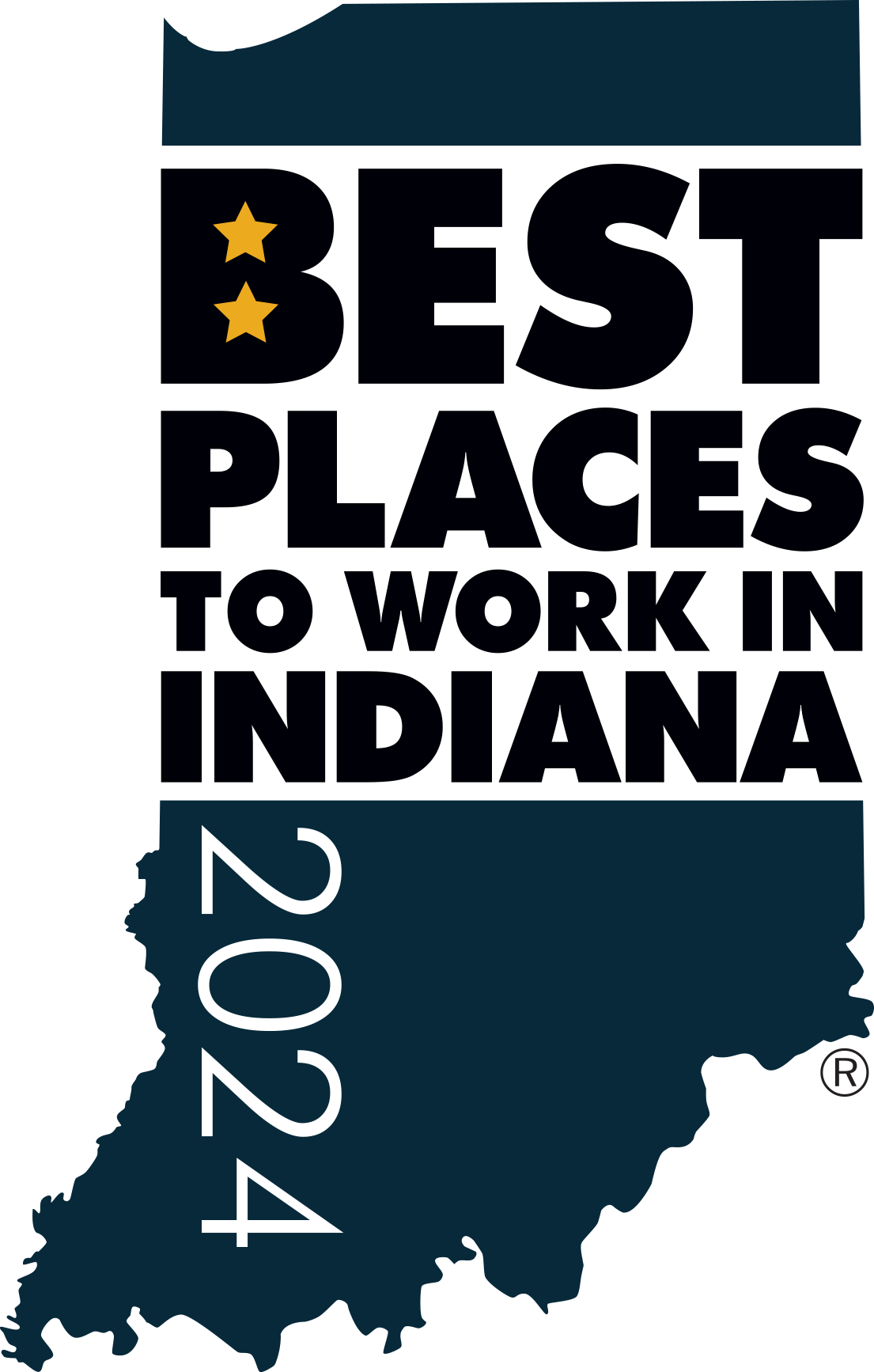The Illusive Work-Life Balance
As we approach the mid-year point, hours of daylight increase, outdoor activities and vacations are abundant, yet the demands at the office do not wane. The subject of providing an environment for work-life balance often resurfaces during the summer, but the topic is one that should be addressed on an ongoing basis within an organization.
Numerous management consulting companies have performed exhaustive research in this area and have found that over 40% of employees claim they do not have suitable work/life balance, and more than one in four dissatisfied employees plans to leave their employer within the next two years.
The Definition of Balance
There are many articles and books written about finding balance in life, but while many talk about the need to find balance, most do not define exactly what this means or how each of us can find the right combination. In order to figure out our perfect balance, we must start with the definition of what areas make up the various facets of life. Possible domains include:
1) Family
2) Friends
3) Spirituality
4) Self-Development
5) Self-Indulgence
6) Physical
7) Work
8) Charity
Having a balanced life means ensuring that life itself is multi-faceted and those facets are defined. We need to then apportion the correct amount of attention to each area. Prioritization is then determined by attention allocation rather than intention of attention allocation. In each area there are activities with varying degrees of urgency and importance; if urgency always rules decisions, one will easily feel out of balance. Important activities, while not immediately urgent, are frequently better uses of time than urgent ones. These eight areas compete for the one commodity we can offer, which is time.
Analyzing the Allocation of Time
There are 168 hours in a week. Removing the amount of time an average person sleeps leaves roughly 120 hours per week to allocate attention and focus. Think about your last week and ask yourself, ”Where did the time go?” Did it go there because you planned it that way, or was it simply the result of going through the motions? If we can learn to plan the allocation of our most precious resource (our time), then we may value it more. Therefore, we must learn to become focused and productive while in one dimension, and still allow for enough time in other dimensions.
The following is an eight step formula for implementing this process:
1) Determine if and why you care about each of the eight domains. What does it mean to you and how important is it? What are the consequences of the lack of quality time and what are the benefits of proper attention allocation?
2) Determine and quantify the gap between desire and achievement.
3) Create a specific action plan to close the gap.
4) Determine the amount of time needed in each area to achieve YOUR desired balance.
5) Create an “attention plan” that details this time.
6) Identify potential hijackers and distractions of the plan and create solutions to minimize them.
7) Track and review periodically (once per week, perhaps).
8) Periodically re-assess, re-prioritize, and repeat.
Time and attention allocation is not the sole determinant, though, of balance. Focus in that time is equally important. Multi-tasking is the curse of focus; we are most productive and fulfilled when we give our undivided attention to the domain we are in.
With 120 hours each week, plenty of time exists for quality in each domain. Life may go through periods where a short-term imbalance serves a long-term balance, but this is called sacrifice! Some individuals consciously choose to dedicate all their life to one or two domains, while others do not want to be the world’s best sprinter or hurdler but want to be a decathlete. Start first with what you want, which is based on your “why”. When you know your “why”, you can begin building the bridges to close the gaps between desire and achievement.
Finding People Who Make a Difference®
Assembling a strong team of professionals who can drive bottom-line results and long-term company success is essential to the health of any organization. For more than 50 years, Sanford Rose Associates® has been committed to “Finding people who make a difference®” for its clients. To learn more about how we can assist your organization’s long-term success, please reach out to your Sanford Rose Associates® executive search consultant today.
—Karen Schmidt

